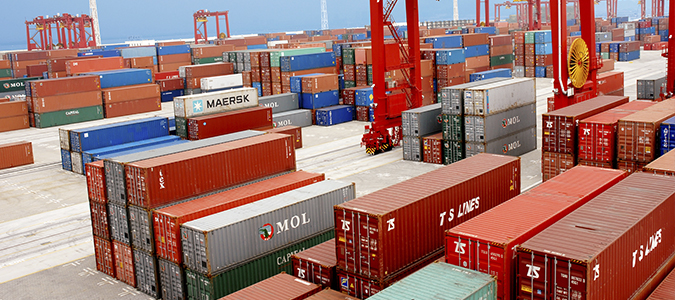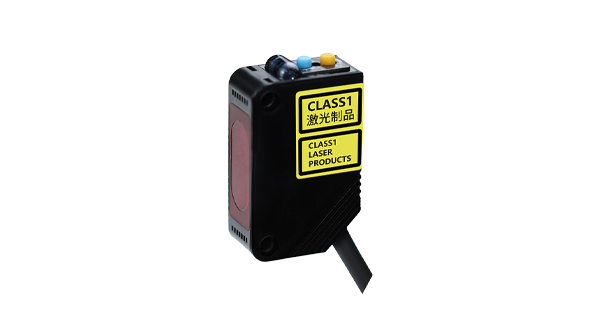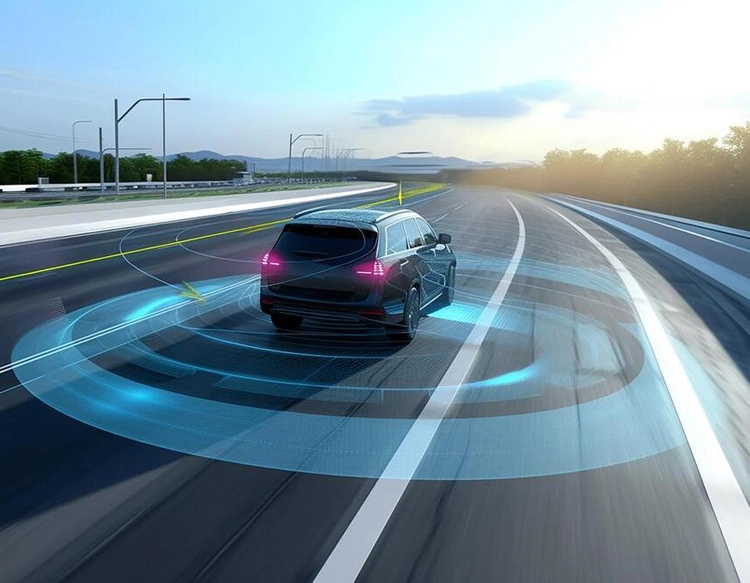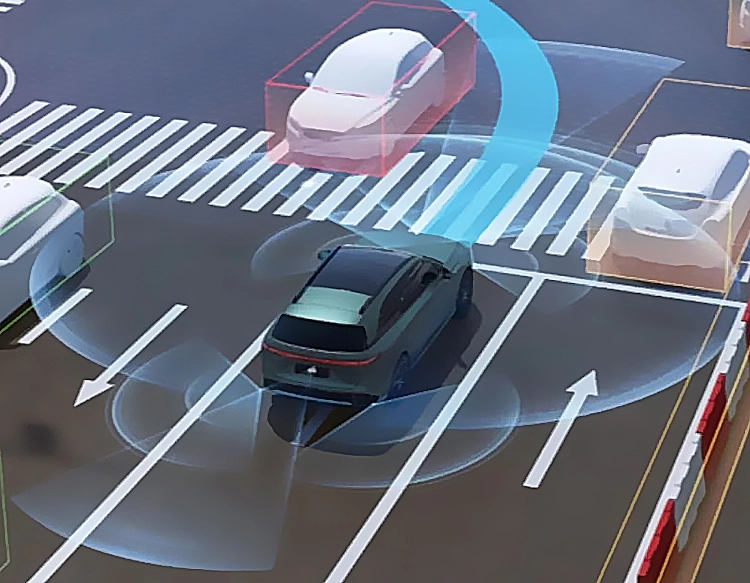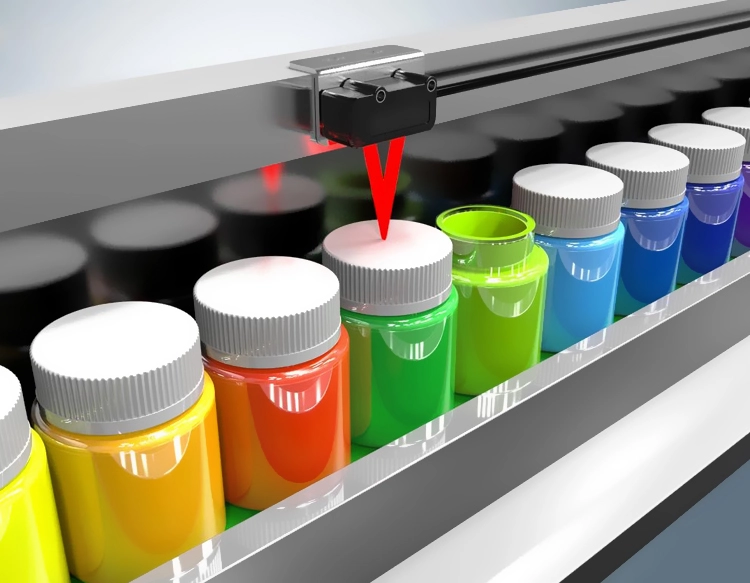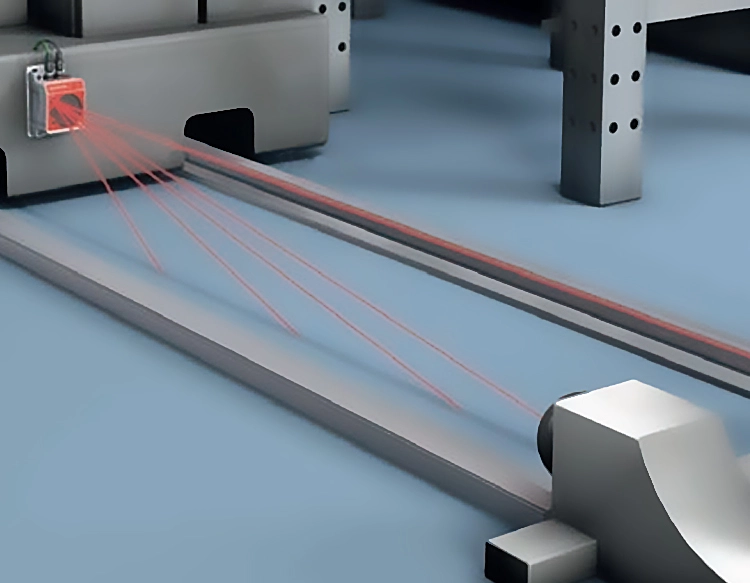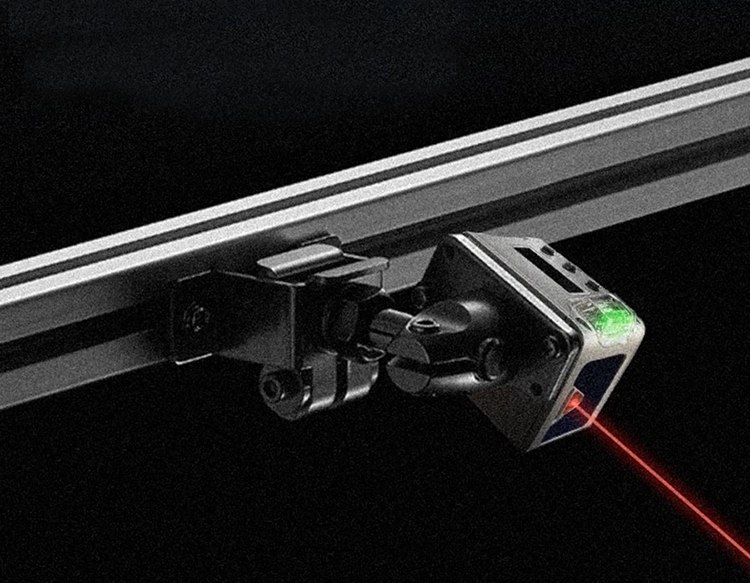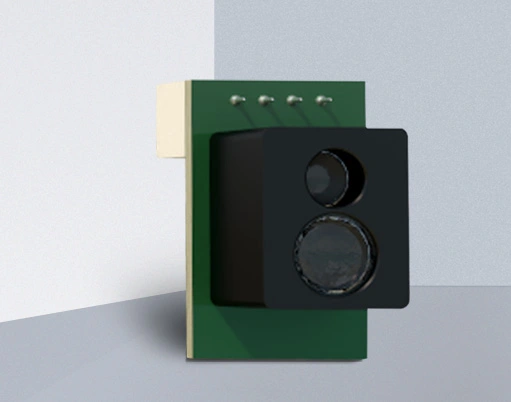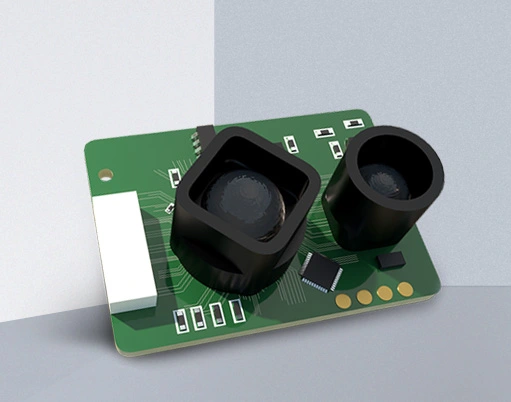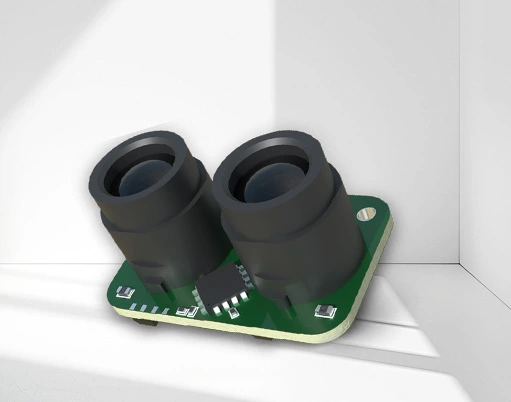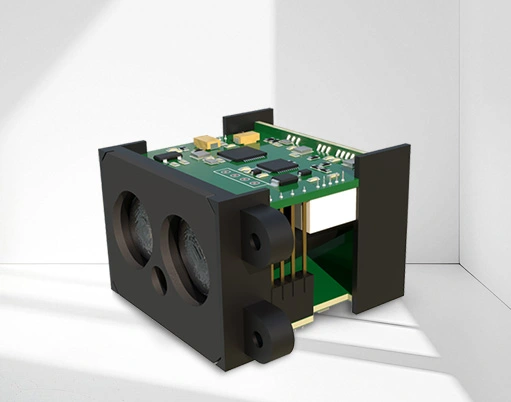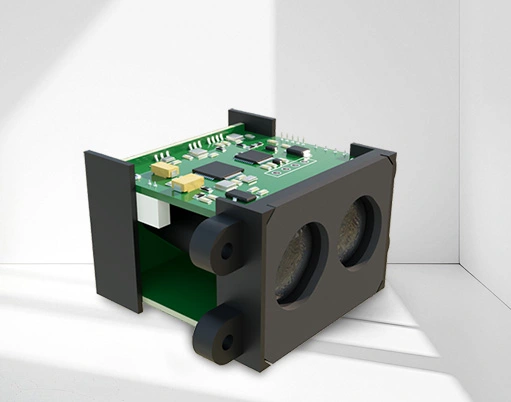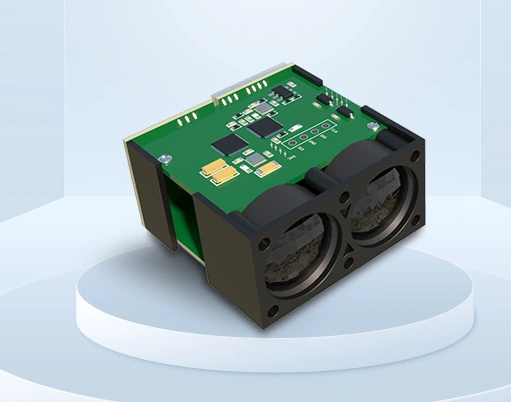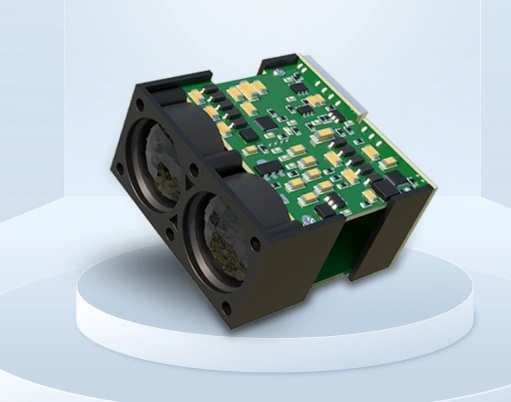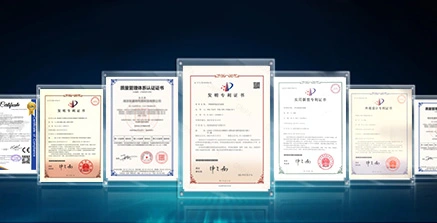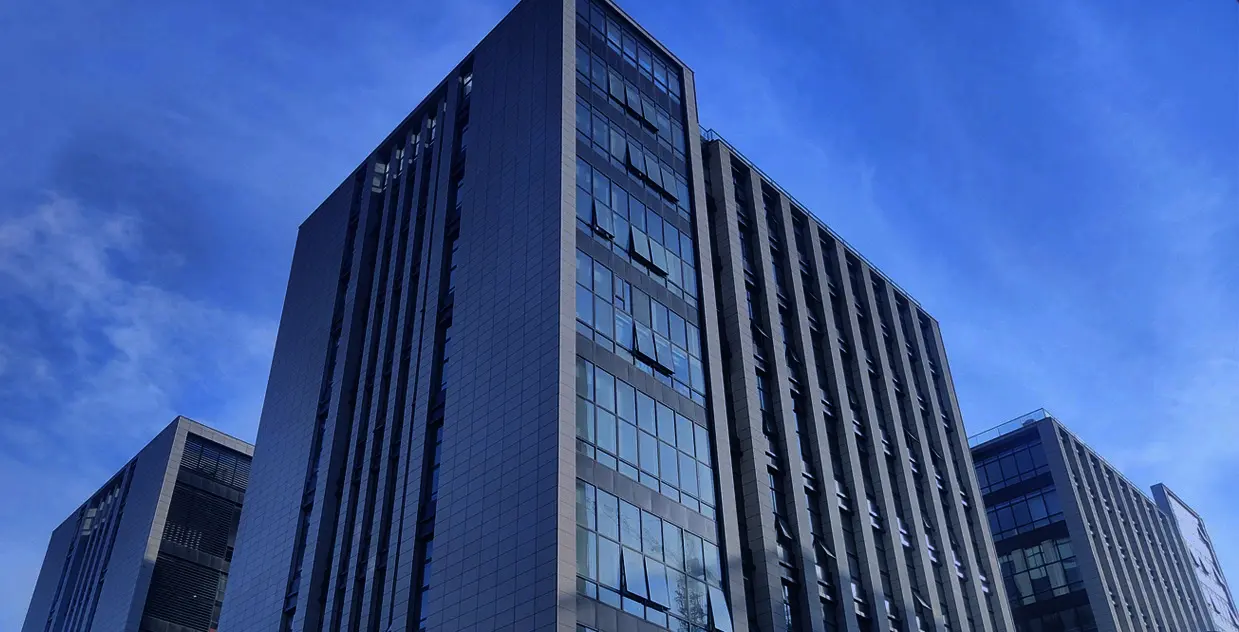
1、 Technical Fundamentals and Core Principles
Laser sensors achieve non-contact measurement by emitting laser beams and receiving reflected signals, utilizing principles such as time-of-flight (TOF) and triangulation.
2、 Mainstream technology path and market response
Industrial automation field
Size detection: Laser displacement sensors can achieve precise size measurement in industrial scenarios.
Robot navigation: Lidar constructs maps through environmental scanning, guiding mobile devices to achieve precise positioning.
Welding quality monitoring: Laser sensors can be used for quality inspection of welded workpieces, reducing the risk of manual misjudgment.
Automotive manufacturing field
Vehicle inspection: Laser sensors can quickly scan the welding points of the vehicle frame, ensuring the accuracy of the vehicle structure.
Component compliance testing: Laser sensors can automatically identify the assembly status of components, improve testing efficiency, and replace manual visual inspection.
Autonomous driving assistance: Lidar technology is gradually being applied in vehicle scenarios, supporting vehicle environment perception.
Medical and Consumer Electronics
Medical equipment: Laser sensors can be used for physiological signal monitoring and auxiliary medical diagnosis.
Consumer electronics: Laser sensors can be applied to the close range sensing function of smart devices to enhance the interactive experience.
3、 Technological Evolution and Industry Pain Points
Performance improvement direction
Anti interference capability: In industrial scenarios, sensors need to adapt to complex environments and improve signal stability through technological optimization.
Miniaturization design: Laser modules achieve smaller volume through process improvement, meeting diverse equipment integration needs.
Cost and reliability challenges
The localization process of core components for laser sensors is accelerating, but some high-end components still need to be imported; The long-term stability of the equipment under complex working conditions still needs to be improved.
4、 Typical Industry Solutions
Automobile welding production line
Laser sensors can be used for gap detection of vehicle body coverings. Through multi-sensor collaborative scanning and temperature compensation technology, the defect detection rate is improved and rework costs are reduced.
Intelligent warehousing and logistics
The integration of laser sensors and visual technology can be used for bin position detection, improving palletizing efficiency and shelf space utilization.
Building safety monitoring
The distributed laser vibration measurement system can be used for deformation monitoring of structures such as bridges, achieving early safety hazard warning through high-frequency sampling and data analysis.
conclusion
Laser sensors are moving from "high-precision" to large-scale applications, unleashing enormous value in fields such as intelligent manufacturing and smart cities.
With the acceleration of domestic substitution and technological maturity, this field will usher in wider industry penetration and become the core perception infrastructure of the times.





